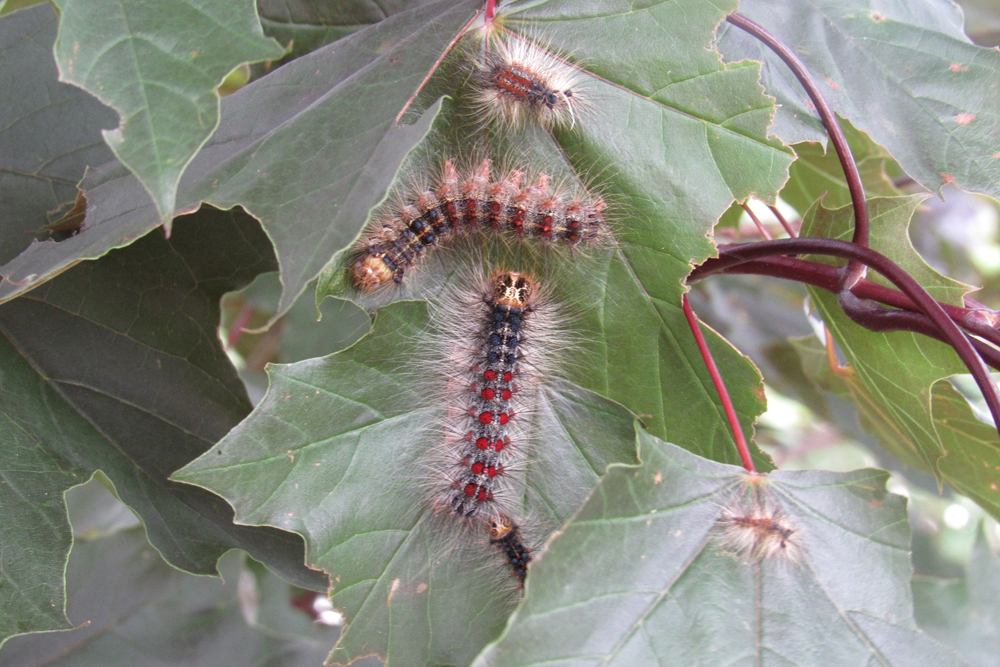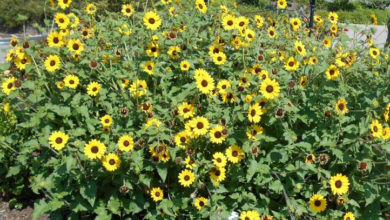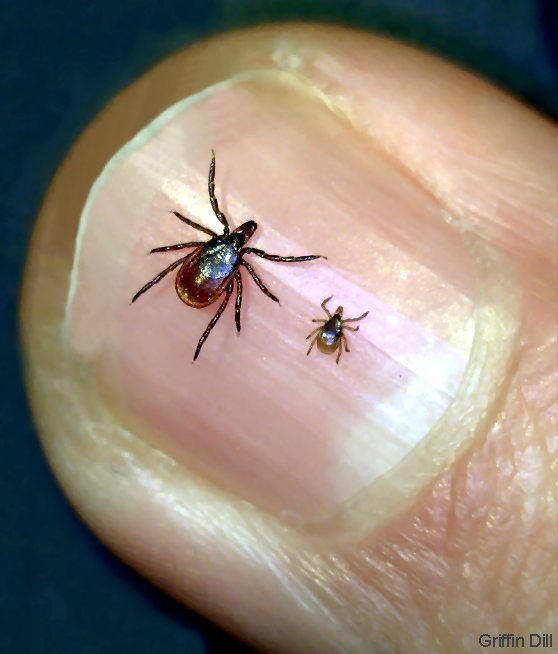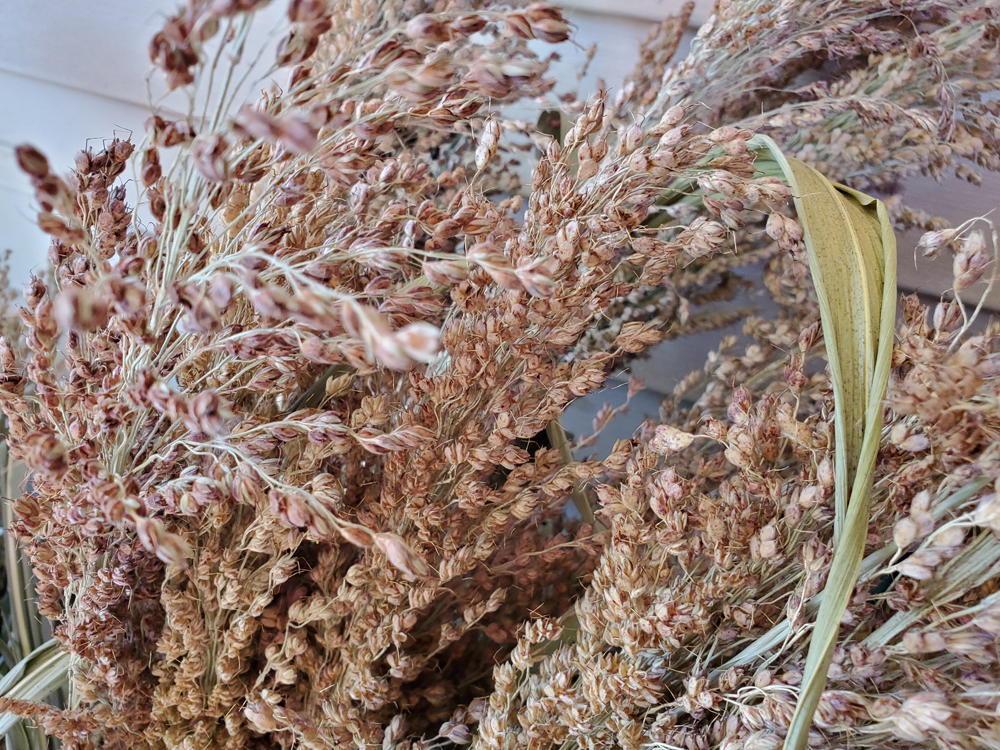Summersweet, a fragrant blooming shrub
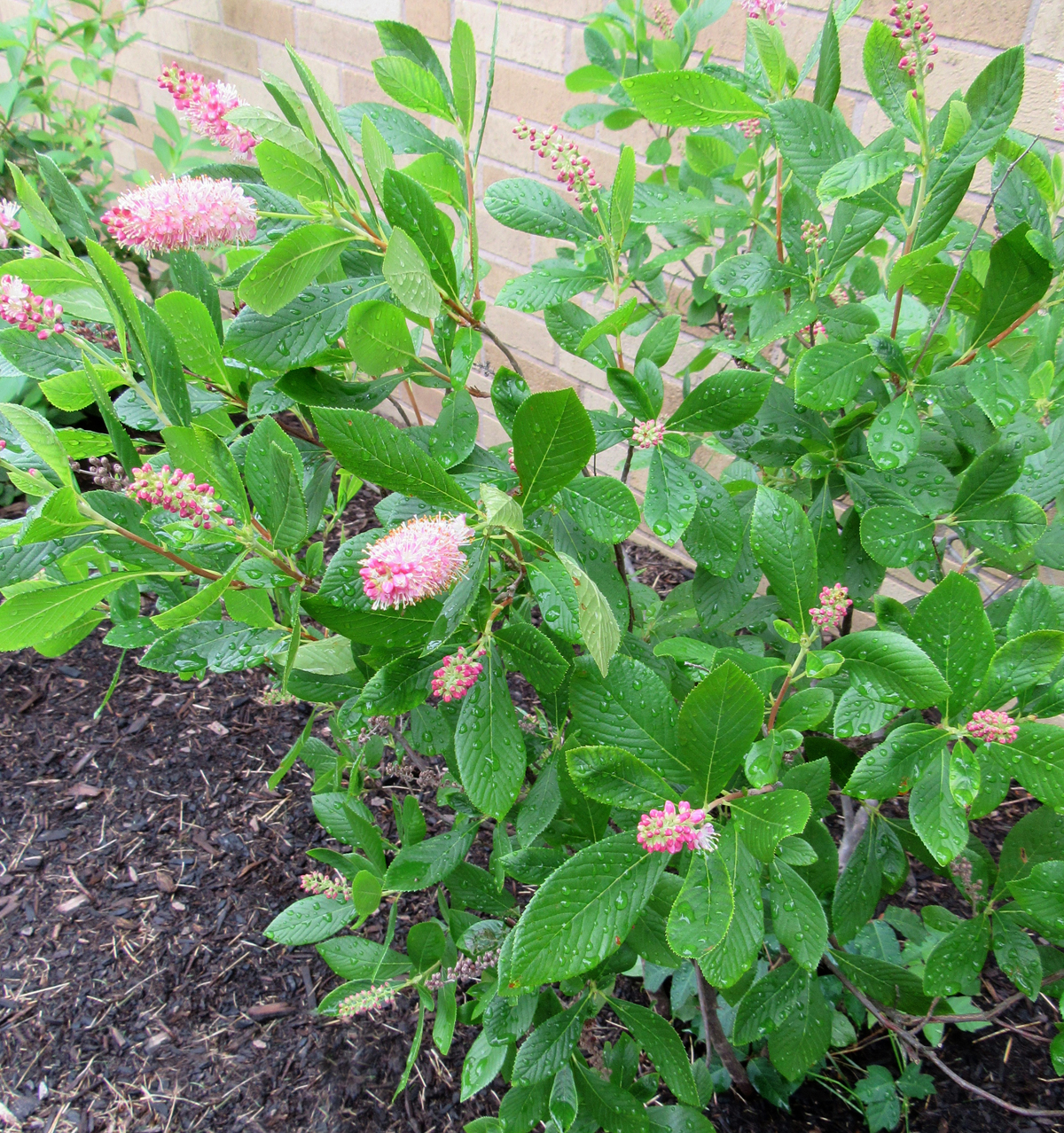
Summersweet clethra (Clethra alnifolia) lives up to its name. The native shrub blooms in mid-summer and features nicely fragrant blooms.
Summersweet, also known as Sweet Pepperbush, is native to the eastern United States, and is commonly found in moist woodlands and near water. The shrub – which is upright and deciduous, can grow to be 5’ to 8’ tall and 4’ to 6’ wide. It is hardy to zone 4.
A good shrub for shady, moist sites, Summersweet has a rounded to oval shape and is multi-stemmed and suckering, meaning it can form colonies, so be thoughtful where you plant it.
The shrub features numerous small white or pink flowers which are held in racemes which can reach 5 inches in length, leading some people to describe the flowers as creating a fireworks effect when the plant is in bloom. Summersweet blooms in July and August on current growth and can be quite showy. Prune Summersweet in early spring.
When not in bloom, Summersweet features oval shaped leaves with serrated leaf margins which are green or dark green in color. The shrub is late to leaf out in spring and autumn foliage features yellow-green to golden brown color which can be showy at times.
If you would like to add this native plant to your landscape, it prefers moist, acidic soil with organic matter and is relatively easy to grow, although it can be slow to establish and you may see some twig tip dieback the first winter. Summersweet prefers full sun to part shade, but the University of Connecticut advises to avoid hot, dry sites.
Summersweet can be used in multiple ways in your yard and garden, including as a screen, shrub border or in groupings where its colonizing nature can be useful.It’s greatest asset is its mid to late summer fragrant flowers which provide beauty in the garden after many shrubs have finished blooming, and also attracts bees and butterflies. The fruit is not showy, but is eaten by birds. To take full advantage of the sweet smelling blooms, site Summersweet where you can appreciate its fragrance.
The University of Connecticut says that Summersweet is relatively pest free, although spider mites can be a problem, mainly when the plants are located in hot, dry locations where they can be stressed.
There are several popular cultivars of Summersweet. ‘Hummingbird’ is the most popular commercial selection and features compact growth, heavy flowering and shiny foliage. The flowers are white and ‘Hummingbird’ has good fall color. Another compact white flowering Summersweet is ‘Sixteen Candles.’
If you prefer pink, ‘Pink Spires,’ ‘Rosea,’ and ‘Ruby Spice’ feature pink blooms. ‘Pink Spires’ has rose-colored buds which open to light pink. The flowers do not fade and the plant can reach 8 feet in height. ‘Rosea’ has pink flower buds which open pink, but fade to nearly white. The darkest pink selection is ‘Ruby Spice’ which features red buds which open to pink and do not fade. ‘Ruby Spice’ is an award winning native cultivar and also has attractive, glossy foliage.
If you are searching for interesting natives to add to your landscape, look for Summersweet clethra at a local garden center.



